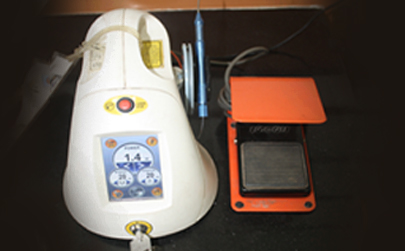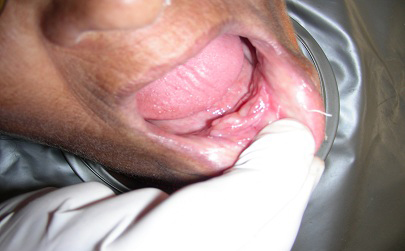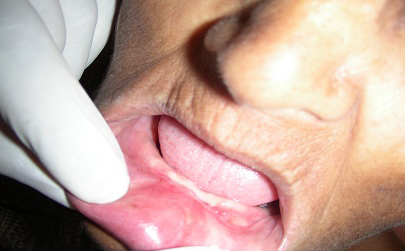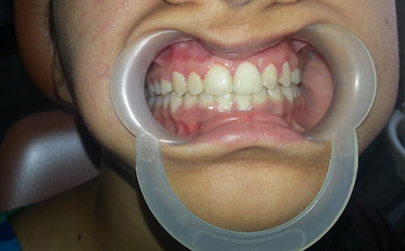+91-079-26421798
,+91 9825598120
For Appointment

According to the Academy of General Dentistry (AGD), there are ample benefits of using lasers for excising diseased gum tissue.
No local anesthetic is needed, as is sometimes required for other forms of dental surgery.
Lasers can target the diseased areas precisely and accurately.
Bleeding, pain and swelling are limited because periodontal laser therapy is less invasive than regular surgery.
Gum disease. Lasers are used to reshape gums and remove bacteria during root canal procedures.
Biopsy or lesion removal. Lasers can be used to remove a small piece of tissue (called a biopsy) so that it can be examined for cancer. Lasers are also used to remove lesions in the mouth and relieve the pain of canker sores.
Teeth whitening. Lasers are used to speed up in-office teeth whitening procedures. A peroxide bleaching solution, applied to the tooth surface, is "activated" by laser energy, which speeds up of the whitening process.
May cause less pain in some instances, so reduces the need for anesthesia
May reduce anxiety in patients uncomfortable with the use of the dental drill
Minimize bleeding and swelling during soft tissue treatments
May preserve more healthy tooth during cavity removal
Laser-Assisted New Attachment Procedure
Reduction of Bacteria Level
Fast Wound Healing



